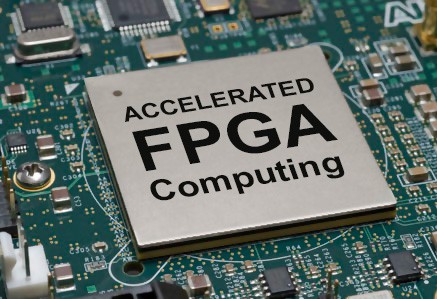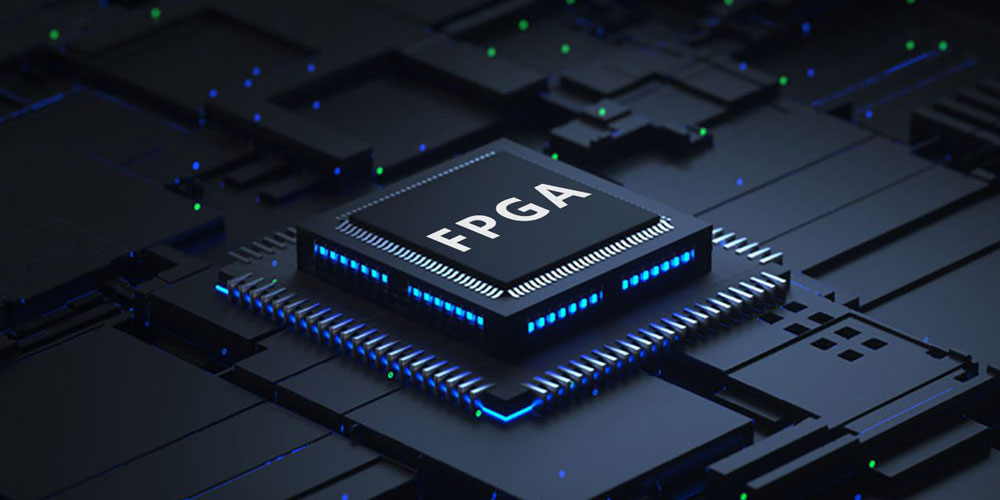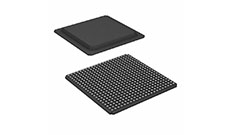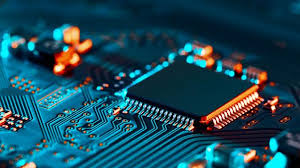A Comprehensive Guide to Xilinx XC7A100T FPGA ( Xilinx Artix-7 Family)
Introduction
Field-Programmable Gate Arrays (FPGAs) have revolutionized the landscape of digital electronics by providing a flexible and reconfigurable platform for implementing custom digital circuits. Among the myriad of FPGAs available, the Xilinx XC7A100T stands out as a versatile member of the Artix-7 family, offering a balanced combination of capacity and performance for a wide range of applications.
1. Xilinx Artix-7 Family Overview
Artix-7 is one of the Xilinx 28nn FPGA series. It adopts a miniaturized package and a unified Virtex series architecture. Compared with the Spartan-6 series, the Artix-7 series has reduced power consumption by half and reduced costs by 35%. . Achieve the best performance/power combination, AMS integration, and transceiver line speed in a low-cost FPGA. This series provides the greatest value for a variety of cost-power-sensitive applications, including software-defined radio, machine vision photography, and low-end wireless backhaul.

Figure1- Xilinx Artix7 FPGA development board fiber optic XC7A100T
2. XC7A100T FPGA Overview
The XC7A100T is a model designation from Xilinx for one of their field-programmable gate arrays (FPGAs). The XC7A100T belongs to the Artix-7 family, which is part of Xilinx's 7-series FPGAs.
Here's a breakdown of the designation:
- "XC" indicates that it's an FPGA from Xilinx.
- "7" denotes that it's part of the 7-series FPGA family.
- "A" specifies that it's from the Artix family.
- "100" indicates the relative size or capacity of the FPGA within the Artix-7 family. In this case, it suggests a mid-range capacity.
- "T" often indicates the package type, in this context.
Xilinx XC7A100T FPGA Advantages
-
Configurability:
The primary advantage of FPGAs lies in their configurability. The XC7A100T features a reprogrammable architecture, allowing users to implement custom digital circuits to meet the specific requirements of their applications. This flexibility is particularly valuable in scenarios where rapid prototyping or design iteration is essential.
-
Logic Capacity:
The "100" in XC7A100T indicates its relative logic capacity within the Artix-7 family. While not the largest, it strikes a balance between size and versatility, making it suitable for a broad range of applications. The FPGA incorporates a configurable array of logic blocks, allowing designers to create complex digital systems.
-
Performance:
The Artix-7 family, including the XC7A100T, is designed to deliver high performance while keeping power consumption in check. With optimized logic fabric, high-speed transceivers, and a range of configurable I/O options, it caters to applications demanding both computational power and energy efficiency.
-
Versatile I/O Options:
The XC7A100T provides a diverse set of I/O options, including differential I/O standards, single-ended I/O, and programmable I/O standards. This versatility makes it adaptable to a variety of interface requirements in different applications.
-
Embedded Processing:
In addition to configurable logic, the Artix-7 family supports embedded processing capabilities through integrated MicroBlaze™ soft processors. This allows designers to implement both hardware and software components on the same FPGA, providing a comprehensive solution for complex systems.
XC7A100T Applications
The XC7A100T finds application across various domains:
High-speed data acquisition and processing system
High-end image processing equipment
High-end audio and video data processing
Communication Systems
High-precision instrumentation
High-end CNC system
Conclusion
The Xilinx XC7A100T FPGA, as a member of the Artix-7 family, represents a powerful and adaptable solution for a diverse set of applications. Its combination of configurability, logic capacity, and performance makes it a valuable asset for designers seeking a versatile platform to implement custom digital circuits. Whether in embedded systems, communications, industrial automation, or automotive electronics, the XC7A100T continues to play a pivotal role in shaping the landscape of programmable logic devices.

 A Comprehensive Guide to Grasping FPGA Structure6/20/2024 692
A Comprehensive Guide to Grasping FPGA Structure6/20/2024 692FPGA (Field-Programmable Gate Array) is an integrated circuit, a type of programmable chip, that allows engineers to program custom digital logic. It can change its hardware logic based on the program, with the primary purpose of enabling engineers to redesign and reconfigure their chips faster and cheaper, whenever they want. However, nothing in the world is ideal, and FPGA chips also have limitations!
Read More > The EU to Impose Tariffs on Electric Vehicle Imports from China in Early July6/17/2024 347
The EU to Impose Tariffs on Electric Vehicle Imports from China in Early July6/17/2024 347The EU to Impose Tariffs on Electric Vehicle Imports from China in Early July
Read More > What is XC7A100T-2FG484I?6/6/2024 508
What is XC7A100T-2FG484I?6/6/2024 508XC7A100T-1CSG324C is an FPGA-based digital signal processing board, which consists of Xilinx's Virtex-7 series chips and FPGA interface chips.
Read More > Analog cycle inventory hits bottom, AI drives flash memory demand to continue6/4/2024 514
Analog cycle inventory hits bottom, AI drives flash memory demand to continue6/4/2024 514Analog cycle inventory hits bottom, AI drives flash memory demand to continue
Read More > Micron Plans to Build a Factory in Japan, NAND Flash Prices May Remain High5/31/2024 740
Micron Plans to Build a Factory in Japan, NAND Flash Prices May Remain High5/31/2024 740Micron Plans to Build a Factory in Japan, NAND Flash Prices May Remain High
Read More >
Hot News
- Diode Overview: Application in Automotive Alternator Rectifiers
- Electronic Component Symbols: Resistor, Capacitor, Transformers and Connectors
- Voltage-Controlled Oscillator: Principle, Type Selection, and Application
- Ultra-low power consumption of STM32U575/585 microcontrollers(MCU)
- What is Xilinx 7 Series FPGA Clock Structure- -Part two
- Basic Information about Temperature Sensor














